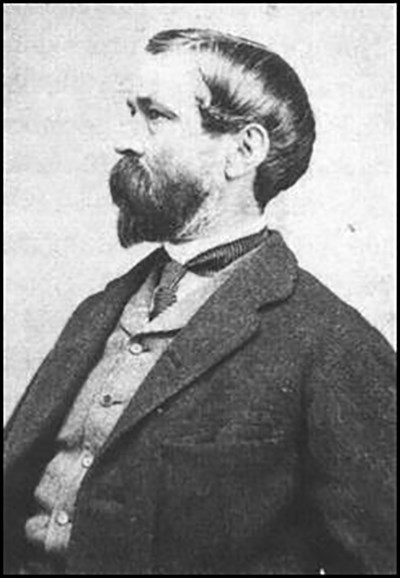
Library of Congress Growing up in the shadow of his father’s military achievements, Richard Taylor decided to pursue an academic career, first attending Harvard, before transferring to Yale University, where he graduated in 1845. Taylor visited his father during the Mexican-American War, but a bout of severe arthritis limited his ability to serve and he returned to the United States. After his father’s death, Taylor became a wealthy plantation owner in Louisiana, but a deep freeze killed off his crops in 1856, placing him in financial strain. Bitten by the political bug, Taylor aligned with his father’s former Whig Party, then the Know-Nothing Party, before joining the Democratic Party and being sent to the 1860 Democratic Convention. Taylor, alongisde moderate democrats, tried, in vain, to thwart civil war with a new compromise that ultimately failed. With no prior military experience, Richard Taylor was summoned by Confederate brigadier general Braxton Bragg for training of new recruits in Pensacola, Florida in the spring of 1861. Taylor was then placed in command of a Louisiana regiment and sent to Virginia, just missing the First Battle of Bull Run in July. The following October, he was promoted to brigadier general and placed in command of a brigade during the Shenandoah Valley campaign of 1862. Promoted to major general in July, Taylor was ordered to take control of the Department of Western Louisiana. During the Vicksburg campaign, Taylor was ordered by his superior, Edmund Kirby Smith, to attack union supply depots supporting Ulysses S. Grant’s army as they demonstrated against Vicksburg.Taylor’s forces marched from Alexandria, Louisiana, linking up with brigadier general John G. Walker elite division, where Taylor ordered Walker’s men to attack Young’s Point and Milliken’s Bend. “Walker’s Greyhounds” attacked newly recruited, inexperienced African American troops, who desperately defended themselves. Walker’s men were forced to retreat after a severe fight, but the fight would make national news and help change northern perceptions that African American men will fight. For the remainder of the war, Taylor helped defend Louisiana, defeating Nathaniel Banks' army during the Red River campaign in 1864, and surrendered his command in Citronelle, Alabama in May 1865. With the war over and his personal assets ruined, Taylor moved to New Orleans, then Winchester, Virginia, living with his daughters. He worked on his memoir of the war, but died of congestive heart failure in New York City in 1879. You can read about Taylor's wartime experiences from his monograph, “Destruction and Reconstruction: Personal Experiences of the Late War.” |
Last updated: August 13, 2019
